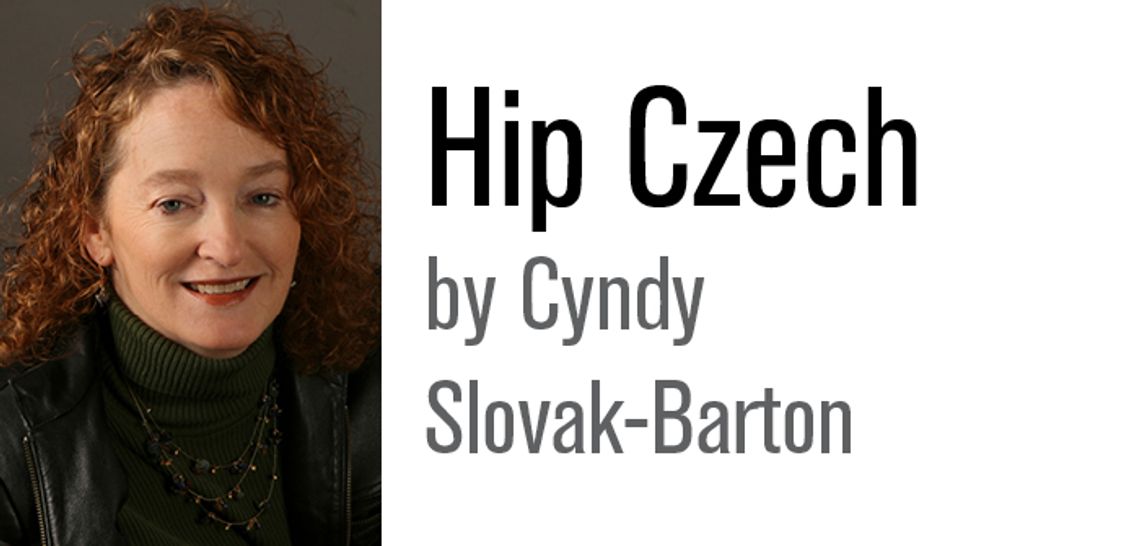When news that a COVID-19 vaccine was upwards of 80% effective, someone came into the office thrilled, and said, “It’s the beginning of the end.”
She was thrilled that her daughter, a nurse, would be first in line as a medical worker to get the vaccine.
But there are those who will resist the vaccine and the question amongst family and friends has been, “Are you going to take the vaccine?”
My definitive answer – yes.
If we look back at history, we find that there always has been fear of vaccinations. Smallpox, rubella, polio, diphtheria, tetanus ... all of these vaccines made people hesitate when they were first introduced.
But think about what life would be like today without those vaccinations.
Widespread smallpox vaccinations took place in England in the early 1800s. Vaccinations then were much more horrific, as physicians had to “score” the arm of the child and inject with lymph from a cowpox blister.
Let’s just say, “Yuck.”
There were objections – for religious, sanitary, personal liberty and political reasons. But the physicians kept the movement going, easier means of “infecting” someone with a small amount of the pox was found, and now smallpox is the only infectious disease that has even been eliminated.
It meant people willing to “step up to the plate” and get vaccinated. It meant bringing children forward. It meant understanding that living with smallpox was a dangerous idea.
Move forward to the first half of the 20th century, when parents feared the summer, the time of year that polio would strike. Pools and parks were closed; no one seemed to know how polio was spread. Any place that children went was under suspicion.
All kinds of trials were done, but Jonas Salk was the scientist and doctor who figured out how to do a vaccine that didn’t use a live virus. The fear of polio was greater than the fear of the vaccine and people lined up to get the shots.
After all, not taking the vaccine was even scarier. Polio meant death or being put on a respirator (then an iron lung) as a possibility. It meant the chance of forever being on crutches or in a wheelchair.
Even with those possibilities, though, there were skeptics who refused to get vaccinated.
It took the leadership of President Franklin Roosevelt, himself a victim of polio, to impress on Americans just how important it was to get vaccinated.
And today, the Bill and Melinda Gates Foundation has made the elimination of polio through the vaccination of children worldwide its goal.
Because eliminating viruses that can so easily kill or maim children, that can be passed so easily, that can shut down a nation with fear is incredibly important.
Does any of this sound familiar? COVID-19 is similar in that it is highly contagious and could mean death or being put on a respirator. It means shutting down the economy again and again. It means hospitals overflowing. We don’t need to have pictures of people on respirators today. We just need to look through photo archives that show entire floors of hospitals filled with iron lungs; we need to look at photos of the children whose tiny heads poked out from these large lungs.
We need to pull together as our parents and grandparents did, and gut up and get the vaccine.
This is a disease that we can control, but it will take all of us coming together, getting over our fears, and taking the shots.
If you still don’t want to get the shot, think of the alternative – death on a respirator.
That’s not something I would look forward to.










